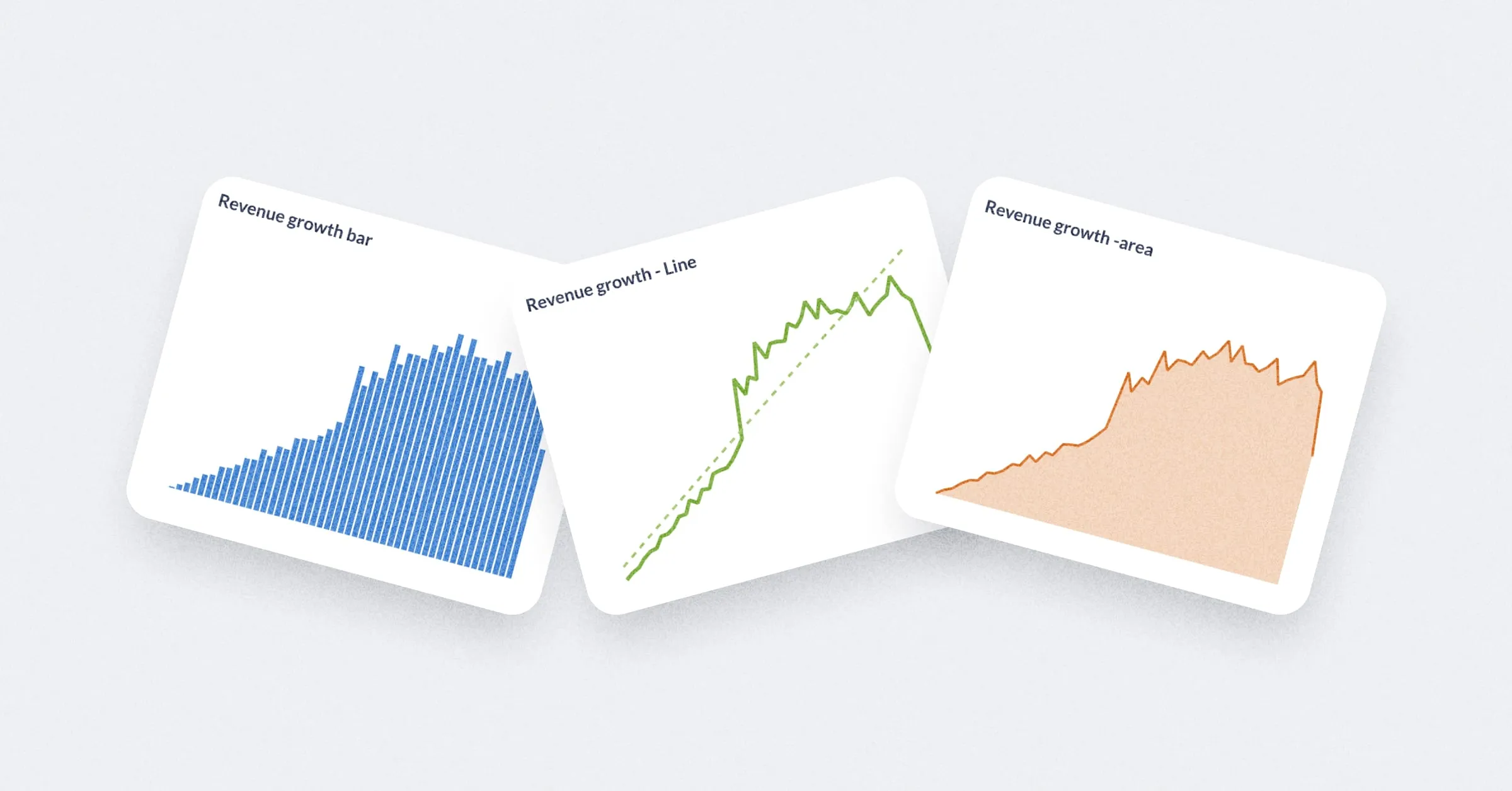Difficulties of data science project management
Being a Senior Data Scientist, a significant portion of my work is to create the process and environment for smooth project planning and execution. Project management is a non-trivial task. We tried different project management frameworks but the results were unsatisfactory, still.
Only until we looked into the unique needs of data science team and projects, we aware that most “established” project management frameworks were used in domains such as manufacturing, development, etc. where we can assume tasks with reasonable visibility.
Such assumption is very often not applicable to data science projects, however, which rendered the frameworks not fit for the problems we faced.
So what are some unique characteristics of data science project management?
I would say high CUA factor (i.e. Complexity, Uncertainty, and Ambiguity) is the key characteristic.
And the major consequence is that project planning doesn’t work nicely, as we don’t have a good reference for goal setting and time estimation, in some cases, we don’t even know if a solution really exists (given the constraints).
Therefore, data science projects (particular research projects) rely on asking questions, investigation, feedback and iteration. That does not naturally fit into the “plan-execution” paradigm. Instead, the key for project control is in “decision making”. The change of focus from planning to decision-making enables the team to react to their findings which is critical for a research project.
Applying data science project management frameworks
Among ideas to improve decision-making, our favorite is the WRAP model proposed by Heath and Heath (2013). WRAP stands for Widen Your Options, Reality-Test Your Assumptions, Attain Distance Before Deciding, and Prepare to Be Wrong.
We actually created a checklist with WRAP as the guiding principle, then at each checkpoint, we will run through the checklist to make decisions such as to continue the original idea, to make a change to the hypothesis/scope/methodology/etc., or shelf it or stop the project if we find continuation is not the best decision.
With a solid decision process instate, even without strict project planning as a control, various stakeholders are confident that the team is working on the best-possible tasks and typically more satisfied than having project plans leading to nowhere.




